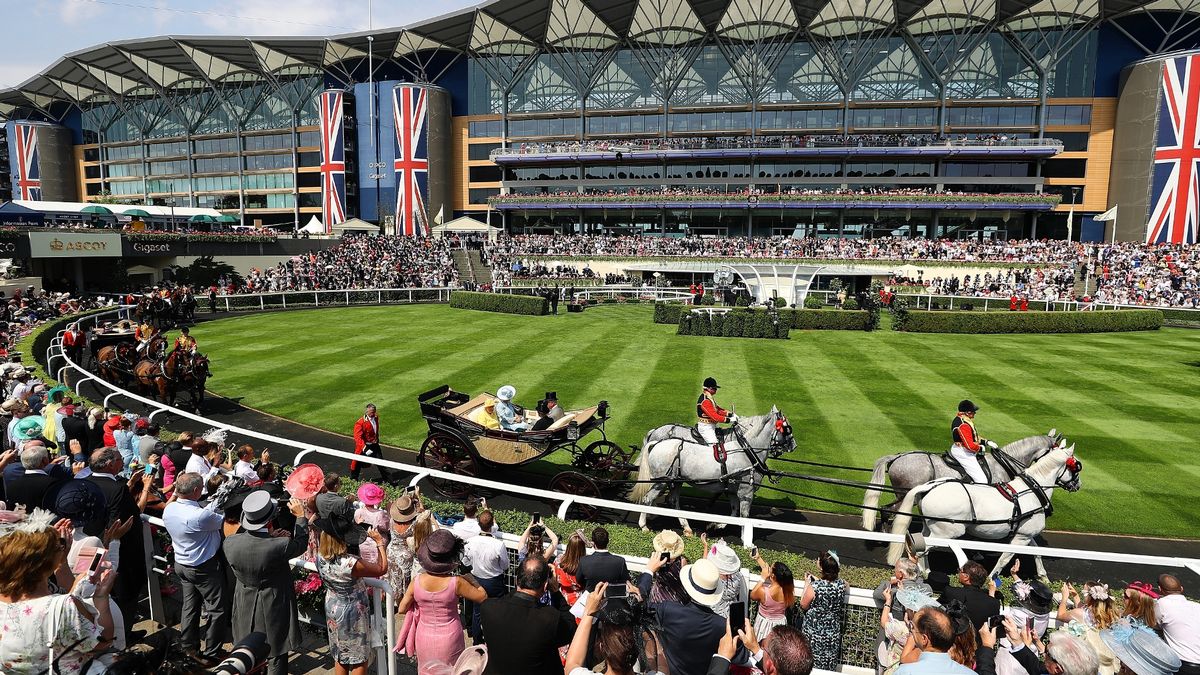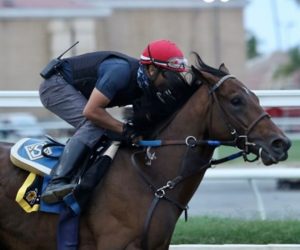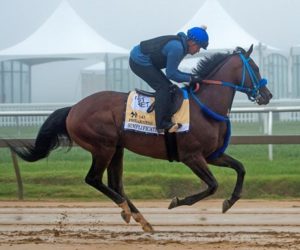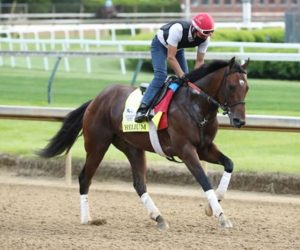In this time of COVID-19, Royal Ascot won’t have the Queen in attendance this year. It won’t have stylishly dressed fans in the grandstands and boxes. But, the Royal Ascot meet will have six extra races, giving punters more options throughout the five-day meet.

The revamped card for the June 16-20 Royal Ascot meet and its six extra races give Ascot 36 races. Seven races will run over the first four days, with eight running on the final day. That final day card includes the St. James’s Palace Stakes and the Coronation Stakes. Those two races for 3-year-olds were moved back to the end of the week to allow recovery time for horses that ran in the June 6-7 Guineas two weeks earlier.
The new races are handicaps and it won’t take long to see them. The Buckingham Palace Handicap opens the meet on June 16, returning after a five-year absence. The seven-furlong sprint was scrubbed from the Ascot card in favor of the Commonwealth Cup in 2015.
New Royal Ascot Races Aren’t Likely to Stick Around
Other new additions include three races set for this year only: the 1 ¾-mile Copper Horse Handicap for 4-year-olds and up, the 1 1/8-mile Golden Gates Handicap for 3-year-olds, and the five-furlong Palaces of Holyroodhouse Handicap for 3-year-olds. The other two additions are consolation races for horses that missed the cut for a starting post in the Royal Hunt Club and Wokingham handicaps.
Nick Smith, Ascot’s director of racing and public affairs, advised not getting used to the new races. He told the Guardian the abundance of 3-year-olds needing races this year created that demand.
“This is very much a one-off plan for this year, working in very different and difficult circumstances, and the running order will return to normal next year with six races,†Smith said. “But for this year, with so many horses and horsemen looking for opportunities, we thought the chance was there to expand the meeting and provide more.â€
Schedule Shifts Create Recovery Time
The new races and condensed timeframe between the Guineas before, and the Epsom Derby and Oaks afterward, forced Ascot officials to move races around. The St. James’s Palace Stakes and the Coronation Stakes moved to the end of the meet, while the King Edward VII Stakes and Ribblesdale Stakes moved to the meet’s first day.
That makes the King Edward VII and Ribblesdale key preps for the July 4 Derby and Oaks, along with giving Derby and Oaks contenders extra recovery time.
The juvenile races, the Queen Mary Stakes, Coventry Stakes, and Norfolk Stakes, moved to the end of the meet. That way, the 2-year-olds aren’t pressed back into action so early after debuting. The Norfolk is Friday, the Queen Mary and Coventry on Saturday.
The Government Gets the Last Say
All of this, of course, remains contingent on the British government opening the gate for racing on June 1. Amid the closure of British racing and the shuffling of schedules, the Royal Ascot meet never budged from its planned dates.
Still, Royal Ascot’s atmosphere of pomp, pageantry, and royal presence is an integral part of the meet. Things will be surreal without that atmosphere, punctuated as always by the presence of Queen Elizabeth II. This marks the first time in her 68-year reign the Queen won’t be in the royal box.











